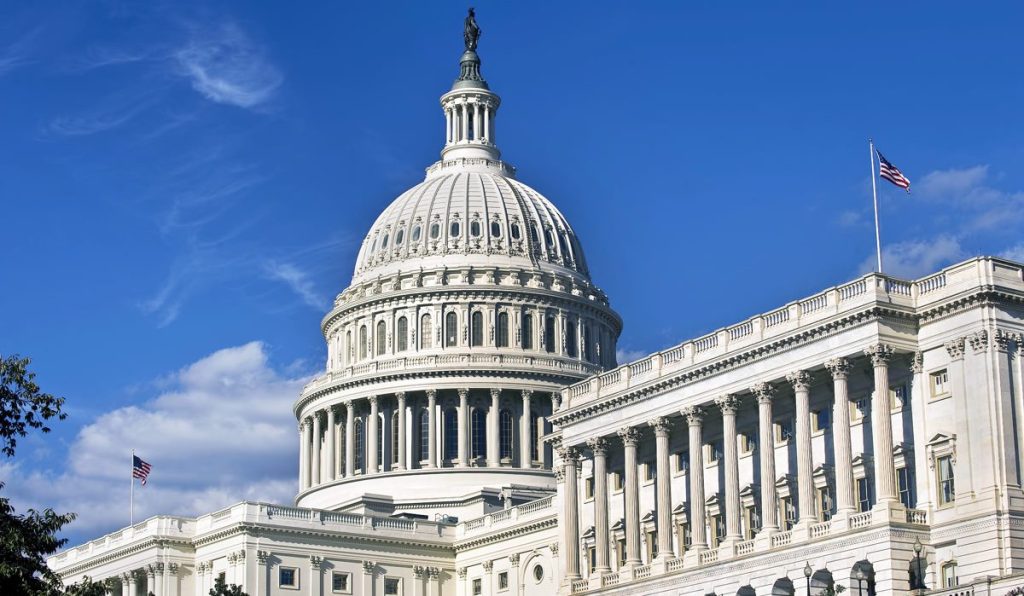Federal Housing Finance Agency Director Mark Calabria took fire during Congressional testimony on Wednesday about the implementation of an adverse-market fee that’s expected to add about $1,400 to the cost of refinanced mortgages delivered to Fannie Mae or Freddie Mac after Dec. 1.
The need for the fee is based on recapitalizing the two mortgage financiers so they can be released from government conservatorship, Rep. Brad Sherman (D-CA) said during his questioning of Calabria. That’s a scenario that is unlikely to happen if former Vice President Joe Biden usurps President Donald Trump in the Nov. 3 election, as numerous national polls show him poised to do.
“Don’t institute the fee – wait until next year when a new Congress can look anew at whether we are going to recreate these agencies in a form that didn’t work last time, and if not, we don’t need the fees,” Sherman said, expressing a view echoed by several lawmakers during the session.
Sherman said he believed Fannie and Freddie should be government agencies, not private companies that have to raise fees to boost profits for shareholders. If the new adverse-market fee – an upfront cost passed on to consumers who are refinancing mortgages – is necessary, then it should be lower so it doesn’t create such a big hit to the finances of families struggling with the COVID-19 pandemic, Sherman said.
Calabria said the adverse-market fee was required “to avoid a much bigger disruption, and that is the insolvency of Fannie and Freddie” if the pandemic further destabilizes the economy and foreclosures rise.
Fannie Mae and Freddie Mac were seized by the government in 2008 during the subprime mortgage crisis. The companies have never backed risky loans – their standards are much higher – but in the run-up to the financial crisis they invested in bonds backed by mortgages to people with poor credit as a way to meet their Congressional mandate to support affordable housing.
Calabria made the point several times during the hearing, as he often does when testifying to Congress, that he has a duty to work toward the release of the two mortgage companies from government conservatorship.
“The statutory framework is that you either fix them and they exit or they go into receivership,” Calabria said. “I know it’s often characterized as being somehow my objective to get them out of conservatorship, but that’s just not accurate. I’m just carrying out the law.”
When one lawmaker during Wednesday’s hearing referred to Calabria efforts to privatize the companies, Calabria responded: “Lyndon Johnson privatized Fannie and Freddie.”
Calabria was referring to President Lyndon Johnson who signed a law in 1968 establishing Fannie Mae, founded in 1938 during the Great Depression as part of the New Deal, as a publicly-traded, shareholder-owned company, in part to pay off some of the costs of the Vietnam War.
Freddie Mac was created by Congress in 1970 with a similar structure: Congressionally-chartered, but owned by private shareholders.
Rep. Steve Stivers (R-OH) raised the possibility of Congress authorizing funds to remove the need of charging consumers to raise capital for Fannie and Freddie.
Stivers asked Calabria how much would be needed.
“In the neighborhood of about $10 billion to make sure we would not have to asses fee,” Calabria said. “That’s heavily caveated on the economy not getting worse.”







Here’s all the context you need for the last comment from Calabria:
The government’s bailout of Fannie and Freddie cost $191 billion. They repaid that and nearly $100 billion more.
Now Calabria says he needs to tax refinance borrowers to insure the government doesn’t have to give the GSE’s any of their $100 billion back to cover “potential” losses. No one at FHFA has shown any math detailing these “potential” losses, they just keep saying, “trust us, there’s going to be losses and they are big. Taxpayers have to pay this because we already spent Fannie and Freddie’s profits so we can’t give them back the reserves they earned to prepare for this unforeseen crisis. Yes, everyone pointed out that there would be another crisis, and without any retained earnings at the GSE’s, the cost of that crisis would have to be paid by someone….just ignore that we knew all of this and let us tax homeowners….”